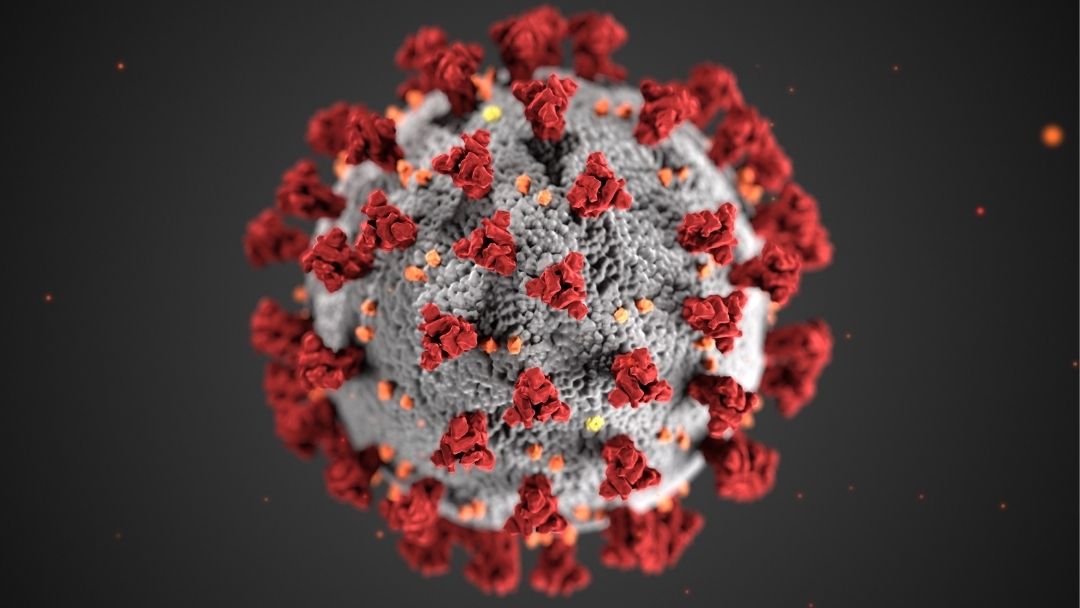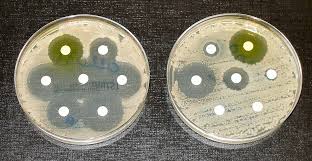AI
Silver Lining on Dark Covid Cloud: from cover stories in Science, Nature, SA, to AI success stories

Over the past two decades, global AI research output grew +600%, and its steep growth continues, according to the Stanford 2019 AI Index Report. The IDC Worldwide Semiannual Artificial Intelligence Tracker predicts global AI revenues to double over the first half of this decade, to $300 billion in 2024.
The silver lining in 2020: AI for medical research, biotech, care
I pointed out these three as a fast-growing driver of new AI R&D and apps, on this Informator blog in last February (see also an AI & Digital Health report sponsored by Hoffmann-La Roche and referred in SA). A year later, now that AlphaFold2 by London-based DeepMind won the CASP14 challenge in November (and solved the protein-folding problem that had puzzled bioscientists for 50 years) most doubts are dispersed. So let’s just add: A driver? Very much so!
Given last year’s breakthroughs of ML in biosciences as well as in forecasts of infection spread, we can expect new flavors of Evolutionary Computing (Genetic Algorithms, among others) and Generative Adversarial neural Networks (GANs, known from creating as well as revealing deep fakes). This will improve the accuracy of outbreak-related simulations, visualizations, and forecasting.
GANs can already visualize the expected effect climate change will have on specific houses (see MIT Tech Review article). Even closer to Outbreak science (as the governor of California, Canadian pandemics-warner BlueDot, and many others call it) comes AI in Swedish forestry, monitoring outbreaks of European spruce bark beetle (a pandemic among trees).
The dark: a parallel to genetics turned out horribly true
I wish I had been wrong in this blog in May (scroll to “Spread: one of those vice-versas”). Sadly, I was right: “One overhasty step, and we’re back where we came from…” Many European countries, including Sweden, can just add: “…or even worse.” Large soccer arenas and other mass gatherings, flights from exotic destinations – and the self-enhancing good circle of “back-prop” indeed swapped back into a self-enhancing vicious one. A second wave.
No point trying to bargain with mother nature’s Fitness function (in AI-ish) and her unsupervised “ML”: widened pathways to new victims rewarded mutations that spread faster.
As an aside: “Killer bacteria” acquire antibiotic resistance by genetic mutation (or in their case, even by other means of gene transfer). Excessive prescription plus neglectful cures (never properly completed) breed the resistance. While such cures (the defender) keep “telling” the bacteria (the intruder) stop & go, over and over, they gradually give a competitive advantage to hardier mutations that grow again after each “go,” until the defender strikes again. Just like humans can gradually adapt to short plunges in extremely cold water (although we would die from a long bath without training it stepwise first) so can a bacteria gradually evolve survival mechanisms against “antibiotic showers” (although it would die from a completed long antibiotic cure). The bacteria on the right-hand side is resistant to 4 of the 7 antibiotics being tested (source: en.Wikipedia.org)

Antibiotics don’t work on virus, and we spend most effort in prevention as a first line of defense: steps and measures to minimize the risk of transmission. Unfortunately, Europe in 2020 (Sweden, UK, Czechia, and many others) took the undependable stop & go route: floor the pedal & release, repeat over and over. Very often, too late and being “in two minds”.
In the long run, it’s very expensive to buy cheap… The flawed version of our natural “Fitness function” told the evolution mechanism: fastest-spreading strains count as fittest.
Communication gurus say the “stop & go” back and forth creates a communication/compliance problem, but let’s stick to evolution. It breeds contagious strains that “seize the opportunity” to spread quickly whenever a new short time window opens. Corona strains mutate frequently: The new British B.1.1.7 has accumulated 20+ mutations (8 of which seem especially challenging).
Nonetheless, the R&D community is better off than governments and public-health authorities; the Covid crisis rather speeds up Open Source SW & frameworks, Open Science, and Open Data Set collaborations, rapidly cutting the leadtime from a new problem to fielded solutions.
Summing up, Genetic Algorithms, GAN, and AI in general not only illustrate or visualize pandemic-related traps, but also assist humans more and more in designing preventive measures and finding useful remedies and workarounds.
Stay safe!
Milan’s courses:
- AI, Architecture, and Machine Learning
- Agile Architechture Fundamentals
- Agile Modeling with UML
- (on demand: Modular Product Line Architecture )
- (on demand: Avancerad objektmodellering med UML )
